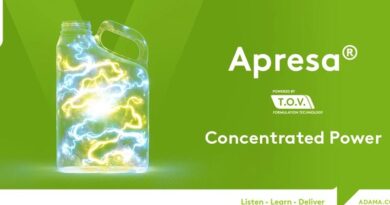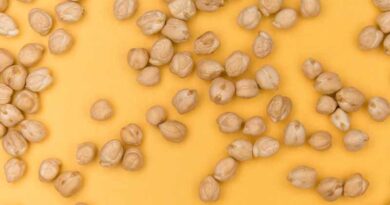Tank cleaning: a fundamental practice that prevents crop stains
19 September 2021, UK: At this time of year, in the middle of the coarse grains season, noticing intense symptoms of phytotoxicity in soybean and corn during field tours is commonplace. What could the cause be? Reality shows, in most cases, that the reason is an application with dirty or poorly washed sprayers.
“To combat the serious problem of resistant Amaranthus, visible year after year, pre-emergent products are used as a chemical strategy, controlling the weeds during their germination-emergence. The most common alternatives for these products are those of the PROTOX (PPO) inhibitors family. Although it is a valid approach for control, unwanted effects on sensitive crops may be caused by poor tank cleaning after application,” explains Nicolás Komorovski, Market and Adjuvants Developer at Rizobacter.
PPOs are commercially formulated as suspension concentrates (SC), which are poorly soluble in water and have a high tendency to adhere to any surface; in addition, they have a high contact action at impaction on green plant tissue.
Also Read: Escorts Limited and IndusInd Bank come together to serve the farming community
Another cause may be that in several productive areas, growers applied control for Helicoverpa gelotopoeon in soybean crops and, to “make the most” of the machine’s use, they added weeds control with graminicides – such as haloxifop, and/or clethodim plus an oil-based adjuvant to improve its action. “Both formulations (graminicides and adjuvants) have a significant amount of emulsifiers that, functionally, serve to maintain a homogeneous mixture of water and oil, but also act on products that may be stuck to the internal walls of the tank of a poorly washed machine or in its pipes, filters or even nozzles or nozzle holders,” the specialist affirms.
To avoid these unwanted effects, it is recommended to use a tank cleaner specifically designed to remove from the machine any residue of phytosanitary products that may be attached and that are not easily removed with traditional methods using only water or water plus chlorine/bleach.
“Rizobacter recommends Rizospray Cleaner Advance, a new tank cleaner with proven effectiveness. Its performance is principally based on its ability to remove, disintegrate and suspend solid particles adhered to the machine, and to emulsify residues of oily phytosanitary products such as graminicides, insecticides and poor-quality oils in the washing water. This way, in subsequent applications, there are no product residues that negatively affect the crop. Furthermore, it strongly alkalizes the medium by raising the pH and increasing the solubility of molecules such as glyphosate, 2,4D and other hormonal products”, concludes Komorovski.
Finally, he maintains that “the procedure is as important as choosing the correct cleaning product; it must be followed properly, according to the recommendations detailed on the product’s label.”















